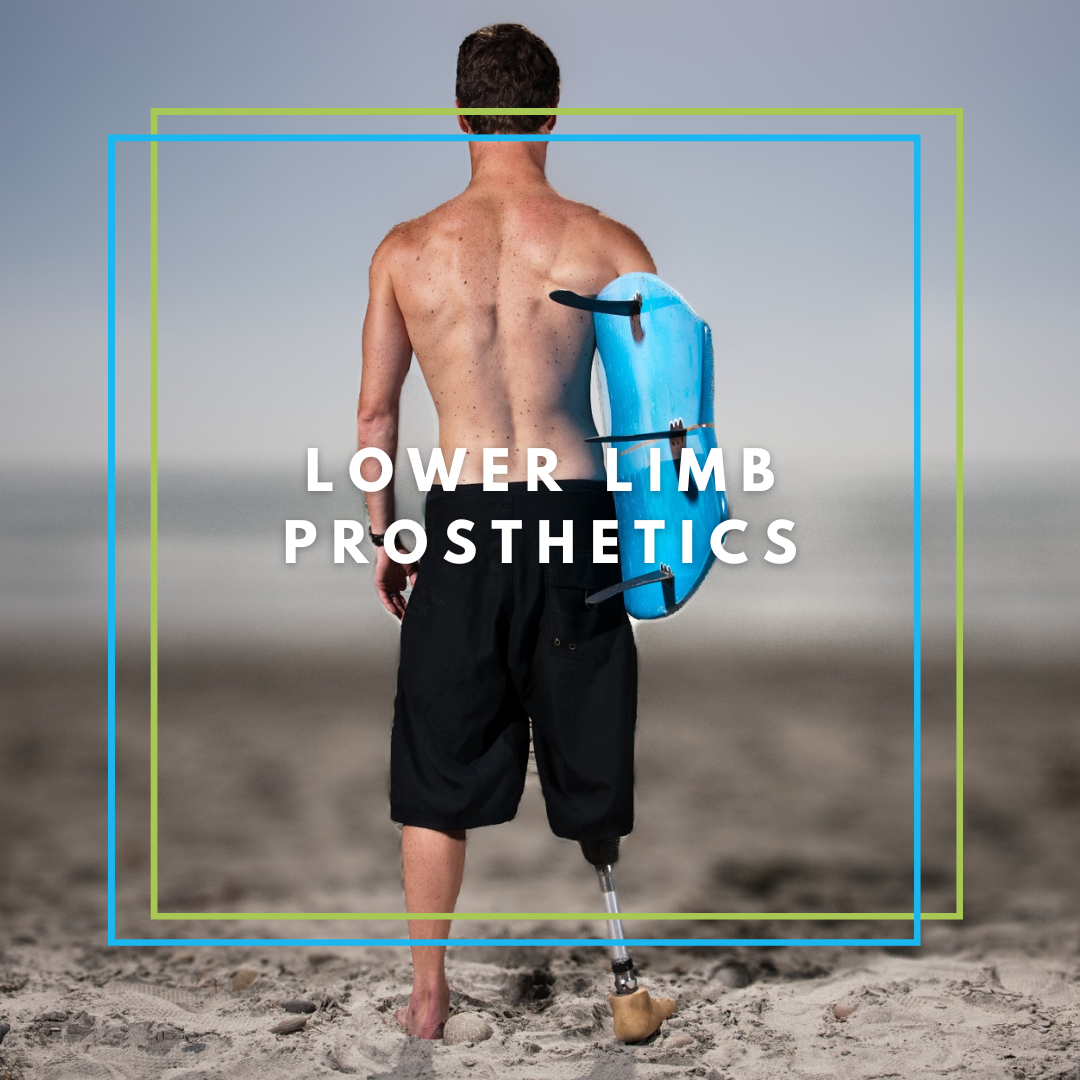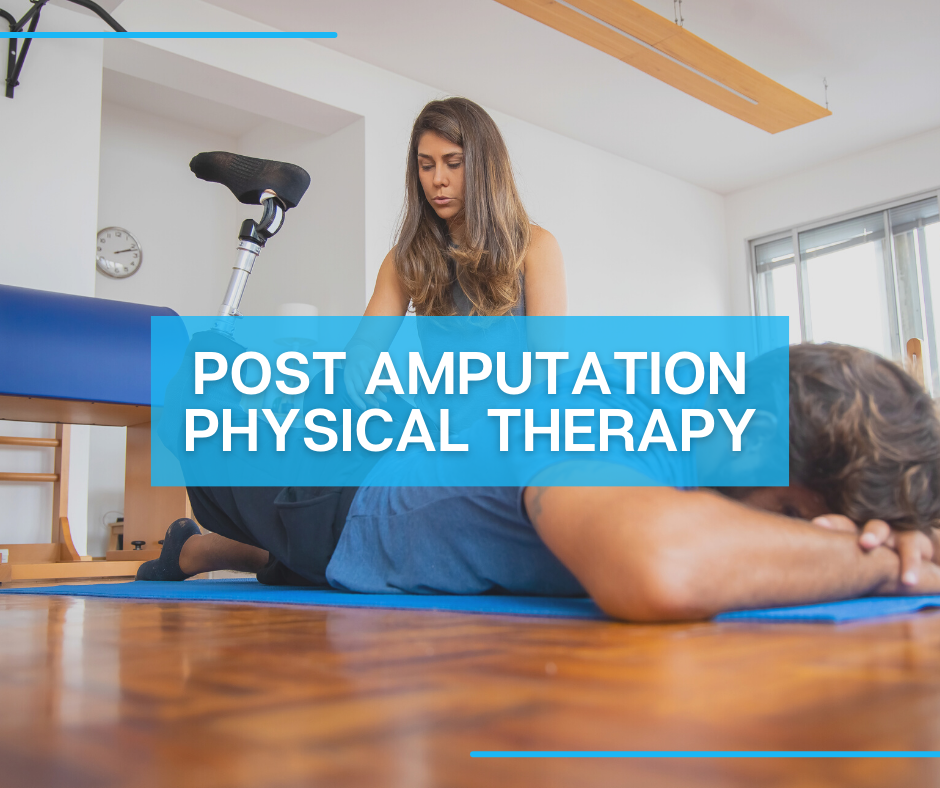
Prosthetic Legs: What Every Lower Limb Amputee Should Know

If you are an amputee, you may have asked yourself whether a prosthetic limb may be suitable for you. There are some benefits and drawbacks that come with a prosthetic. Continue reading to learn more information that lower limb amputees should know.
Prosthetics Aren't for Everyone
Many people find prosthetic legs to be life changing. However, not everyone who has lost a lower limb can benefit from a prosthetic. If you are thinking of getting a prosthetic leg, it is important to talk to your doctor about the issues that come with using a prosthetic.
To use a prosthetic limb, you will need a certain amount of soft tissue to cushion your bone. You will also need to discuss the amount of pain you experience. The limb's skin condition also plays a role in whether you can use a prosthesis. There is also the question of the health of your other leg.
You will need to discuss with your doctor how active you were before the amputation, as well as what mobility goals you have. If your amputation is below the knee, it is easier to use a prosthesis in comparison to an amputation above the knee. An intact knee joint means more mobility and less effort when walking compared to a missing knee joint.
The reason for the amputation can also be a factor because it is a component in figuring out if the residual limb is healthy. Your lifestyle choices and physical health are also things to discuss with your doctor. A sedentary person who lost their leg to diabetes will have a harder time with a prosthesis than an active individual who lost their leg in a car accident.
Your doctor can give you some perspective and help you decide if a prosthesis is right for you. Each person's situation is different, but your doctor has more insight through working with other patients.
To find a prosthetic leg that fits you right, you will have to communicate with your prosthetist who can help you decide what components are right for you. It is important to choose a prosthetist you feel comfortable with. You may end up cultivating a lifelong relationship with your prosthetist as your needs will continue to change over the years.
Getting the Right Fit for Your Prosthetic
Now that your doctor has prescribed a prosthetic leg, your journey begins. It may feel overwhelming to start the process because you are new to it. Finding out how the prosthetic leg works is a good way to start.
Prosthetic legs are made of materials that are meant to last, are durable, and lightweight—typically, plastic is a commonly used material. The place where you were amputated determines if the leg has ankle joints or a knee that functions. Your residual limb fits snugly in the socket of the prosthesis because the socket is a mold of your residual limb.
The prosthesis attaches to the body with the suspension system. Vacuum suction, sleeve suction, and distal locking are different options for the suspension system. To find out which is the best option for you, it is important to work with your prosthetist.
Rehabilitation Plays a Big Role
Once you have made your choice regarding your prosthesis, you must go to a rehabilitation center.
During rehabilitation, you'll be learning how to walk again. You will also be building up the strength in your arms, legs, and heart. Physical therapists, occupational therapists, and doctors will help you create a custom plan, so you can work toward your mobility goals. Mainly, you want to keep your other leg healthy. Using a prosthetic limb can help make that possible.
Having a team of healthcare professionals support you during the recovery process of losing a limb is very important. These professionals are going to come together to build a plan that is beneficial for you.
It's Hard to Use a Prosthetic Leg
Using a prosthetic leg can be challenging. Even after you have finished rehabilitation, you may come across some issues.
A common issue that may come up is excessive sweating. Not only can it impact the way the prosthesis fits, but it can cause skin issues. Another issue is the changing shape of the residual limb. The residual limb will change shape throughout the first year after you have an amputation. This change can affect the way the socket fits. If your residual limb is weak, it may take a while before you can use your prosthesis for an extended period.
If you suffer from phantom limb pain, it may affect your use of a prosthetic leg. Mirror therapy is one tool used to help with phantom limb pain. When you exercise in the mirror, you can trick your brain into thinking your amputated leg is still there, which lessens or stops the pain.
If you have neuroma or sciatica, your phantom pain could be stemming from this. Once you figure out what is triggering your phantom pain, you may be able to eliminate it.
Your Needs Will Continue to Change
While your residual limb is stabilizing, you will be using a temporary prosthesis. The temporary prosthesis is only meant to be used for a few months. After that, you'll transition to another prosthesis that lasts between three and five years.
If you have used your prosthesis in a way that it was not designed for, this can cause pain and discomfort. If you are experiencing pain and discomfort, you may need to have your prosthetist evaluate the prosthesis and address your needs.
The prosthetist may try to adjust or replace parts of the prosthetic limb. You will also get a prescription from your doctor for another prosthetic leg. Make sure to set aside time to learn how any new components work. Physical therapy is important in working with new components.
Year after year, prosthetic technology is continuing to develop. For example, microprocessor joints have sensors that allow a person using them to walk more naturally. The joints will also adjust based on the kind of surface you are walking on, including stairs.
You can also use a prosthetic leg for activities and sports you like to engage in. They have prostheses for swimming and running. Your everyday leg can also be modified by your prosthetist for use in a variety of different situations.
If you don't want to use a socket, you can have osseointegration surgery. The surgery involves putting a metal implant in the bone of the residual limb. After this surgery, the leg can connect with the implant. There are still a lot of studies around this metal implant. However, it does improve your sensory function and range of motion.
Making a Decision
When deciding what is best for you, a team of medical specialists can help you weigh the pros and cons of each option and make the best choice for your lifestyle. It will be up to you to figure out if prostheses are right for you. You will have to consult with a prosthetist on the right prosthesis for your lifestyle.
AOD Prosthetics and Orthotics offers clients cutting-edge prosthetic technology. Contact us today to learn more about the prostheses we offer. Once we have built you a prosthesis, we help you along the way through rehabilitation as well. Our goal is to serve you in all aspects of the process.
Treatment & Planning for Tomorrow
AOD Prosthetics & Orthotics combines the highest technology available with the best patient care. Bilingual mobile prosthetic service in San Antonio. Serving amputees and improving their quality of life.

All Rights Reserved | AOD Prosthetics & Orthotics | San Antonio, TX


